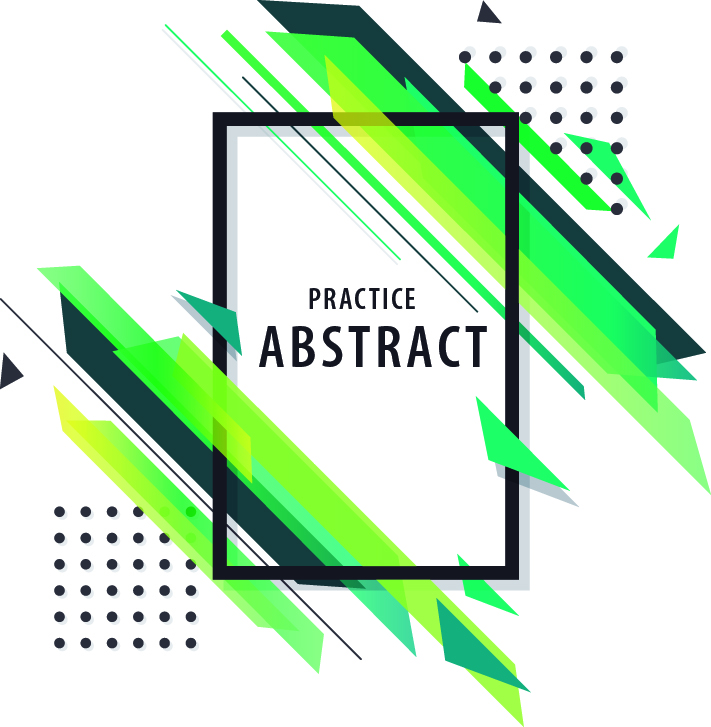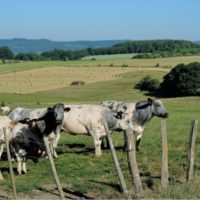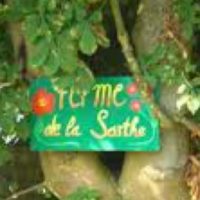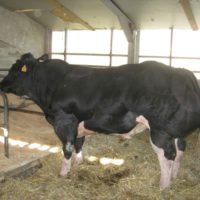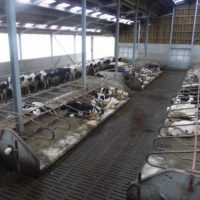Overseeding grasslands with herbs
Practice abstract
Description
Herb-rich grasslands in the Netherlands usually have a high biodiversity, which is getting increasingly important. Reseeding using seed mixtures containing herbs will increase their proportion in the sward. Reseeding can be done in two ways: by ploughing followed by reseeding or by overseeding (direct seeding into the sward without ploughing). Ploughing is in particular suitable in crop rotations (e.g. with maize), and the result is often more successful than overseeding. In addition, the final botanical composition can be easily influenced, e.g. on peat, herbs that can withstand wet and acidic conditions should be sown, and on sandy soil the drought resistance of the herbs is particularly important. Disadvantages of ploughing are the loss of C and the associated costs of ploughing and seeding. It must also be taken into account that soil life is first seriously disturbed before it actually contributes to the increase in biodiversity. When a seed mixture is sown directly in the grassland, the soil structure remains largely intact, and so does the soil life. Through symbiosis, there is a chance of an increase in the dry matter yield. In addition, the costs are smaller. However, chances of successful germination are also smaller, because the existing vegetation may suppress the herbs.
Additional information
| Farming system | conventional farming |
|---|---|
| Domains of innovation | machinery, tools |
| Main types of animal | dairy cattle |
| Country | The Netherlands |
| Product type | Practice abstract |
| Language | English |
